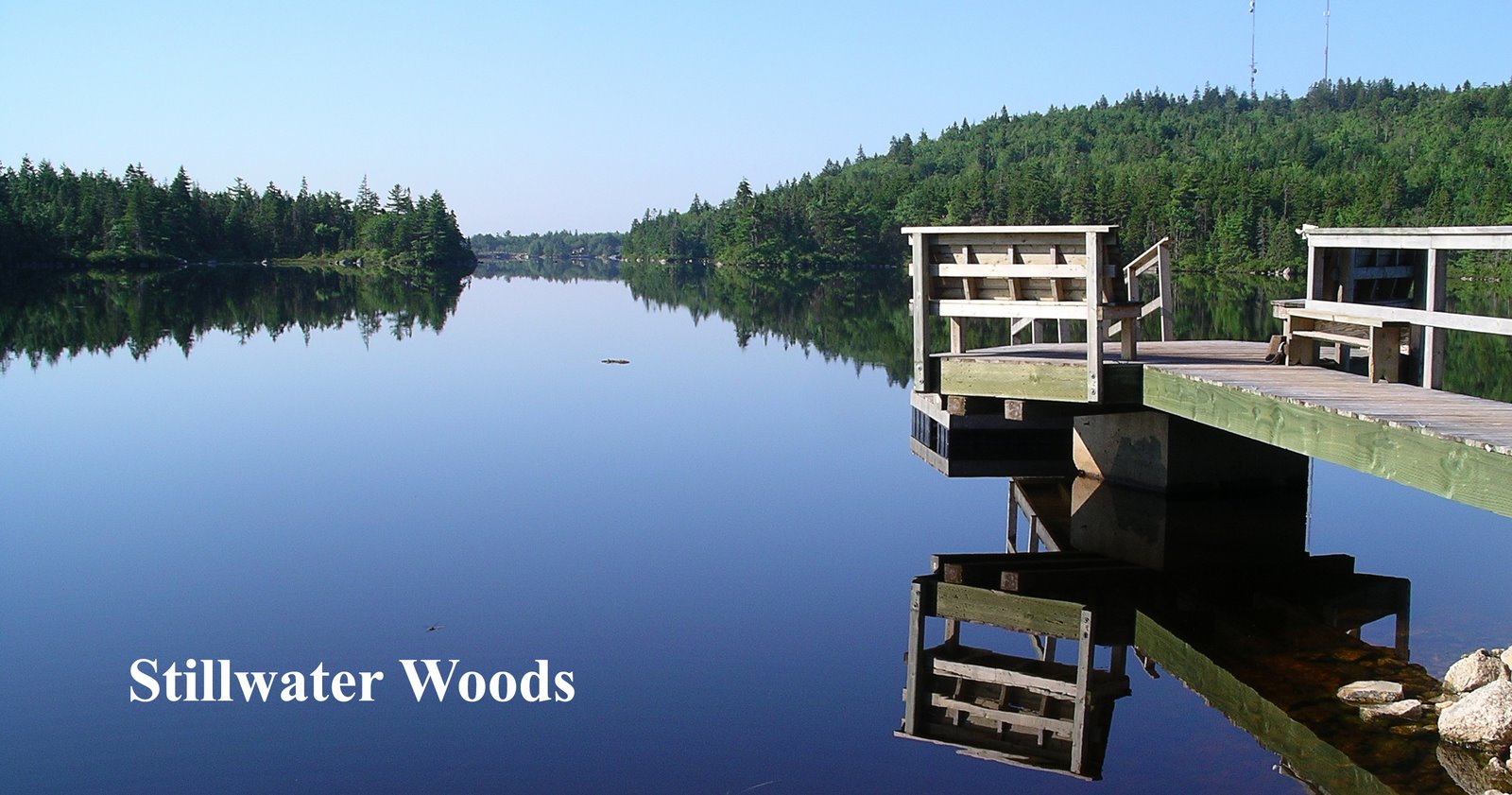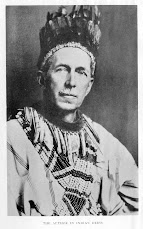A CITY IN A VOLCANO.
By A. H, Verrill.
IF you will take down your geographies and look on the map of the West Indies, yon will notice, between the islands of Santa Cruz and St. Christopher, two small islets which, unless your map is an unusually large and complete one, will have no names given. These two islands belong to the Dutch, and the most northerly and westerly of them is called
The Dutch are noted for their odd and quaint customs and for their perseverance,
The island is small, its greatest diameter being not over two and one half miles, and it is nothing more than an isolated mountain-top rising out of the sea. The sides are very steep and high, rising in places for a sheer 2000 feet. There is no harbor, no beach, no safe anchorage, and no large trees on the island. Although
Following these steps, which number eight hundred and are called "The Ladder," you at last reach the top of the mountain, and looking inland, see a small, grassy plain covered with neat white, red-roofed houses, the whole surrounded on every side by towering peaks and precipices covered with beautiful tree-ferns, bamboos, and wild plantains. This little town, the only one on the island, is known as "The Bottom"—a curious name, surely; but it is well named, nevertheless, for the plain on which it is built is nothing more than the bottom of the crater of an extinct volcano.
Descending the slope into this queerest of queer towns, you find the streets simply narrow paths walled with stone, higher in places than your head, while every inch of earth is cultivated with true Dutch thrift and industry. Here and there small patches of sugar-cane, yams, and arrowroot are side by side with beans, corn, and potatoes, with palm and banana trees rising over ah. The population consists of whites and negroes in nearly equal numbers, while the blue-eyed and tow-headed children play with black-skinned and curly-haired piccaninnies; but all are Dutch in speech, manners, and looks. The houses, shops, gardens — everything is Dutch. The people are friendly, quiet, industrious, and religious, and, above all, think their little town and island the fairest spot on earth; and although many of the men are sailors, and see every quarter of the globe, yet they always return to
Think of it! — boats built in a crater a thousand feet above the sea, in a place to be reached only by a hard climb up the narrowest of steep stone stairways, or by a still steeper and almost impassable ravine — where every timber and plank used in their construction has to be brought from the shore on men's heads!
Our Dutch West-Indian friends, however, do not bother themselves about getting their little craft down the stairs or ravine. When the boat is finished they haul it to die brink of the precipice: and when all is ready, and the sea smooth and favorable, they calmly lower it over the edge, exactly as if their island were a ship and they were launching a life-boat. Strangely enough, these crater-built boats are noted throughout the
THE END




No comments:
Post a Comment